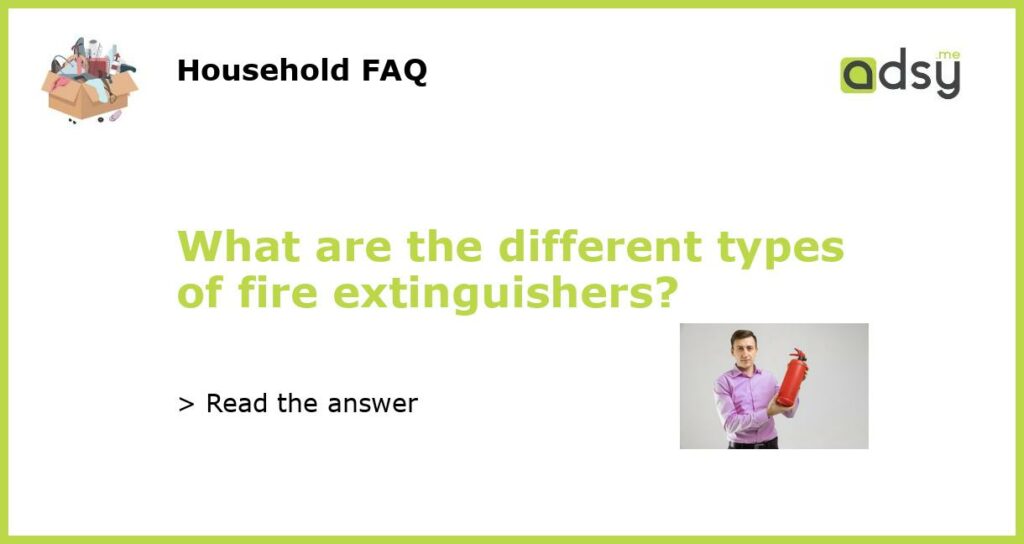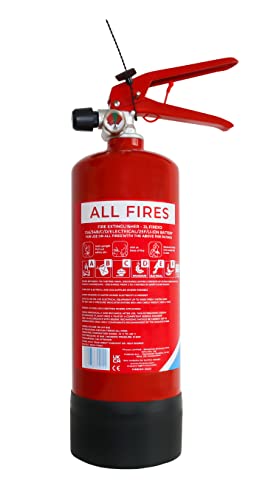Understanding the Types of Fire Extinguishers: A Comprehensive Guide
Fire extinguishers are essential tools that can prevent fires from wreaking havoc in your home or workplace. However, not all fire extinguishers are created equal, and each has a specific class for use. Understanding the different types of fire extinguishers is crucial, and this guide will teach you everything you need to know.
Class A Fire Extinguishers
Class A fire extinguishers are suitable for use on solid materials such as paper, wood, and cloth. They use water or foam to suppress the flames and prevent re-ignition. However, they’re not recommended for use on electrical fires, as they conduct electricity and can result in electrocution.
Class B Fire Extinguishers
Class B fire extinguishers are designed to extinguish fires that involve flammable liquids, such as gasoline, oil, and grease. They use chemicals to suppress the flames and are ideal for use in places like garages and kitchens. However, they’re not suitable for use on electrical fires or combustible metals like magnesium and sodium.
Class C Fire Extinguishers
Class C fire extinguishers are meant for electrical fires that involve appliances, wiring, and circuit breakers. They use non-conductive chemicals like carbon dioxide and dry chemical to suppress the flames without the risk of electrocution. They’re also suitable for use on Class A and Class B fires.
Class D Fire Extinguishers
Class D fire extinguishers are intended for fires involving combustible metals like titanium, magnesium, and sodium. They use special extinguishing agents like dry powder to prevent further combustion. However, they’re not suitable for use on other fire classes, like Class A and Class B fires.
Class K Fire Extinguishers
Class K fire extinguishers are usually found in commercial kitchens and are intended for fires that involve cooking oils, fats, and grease. They use wet chemical agents that help cool and suppress the flames. They’re also suitable for use on Class A fires, but not recommended for use on electrical fires.
In conclusion, understanding the different types of fire extinguishers is crucial for effective fire safety. Knowing which type of fire extinguisher to use in which situation can mean the difference between putting out a fire and making it worse. Make sure to have the appropriate fire extinguisher in your home or workplace and be ready to use it in case of an emergency.






